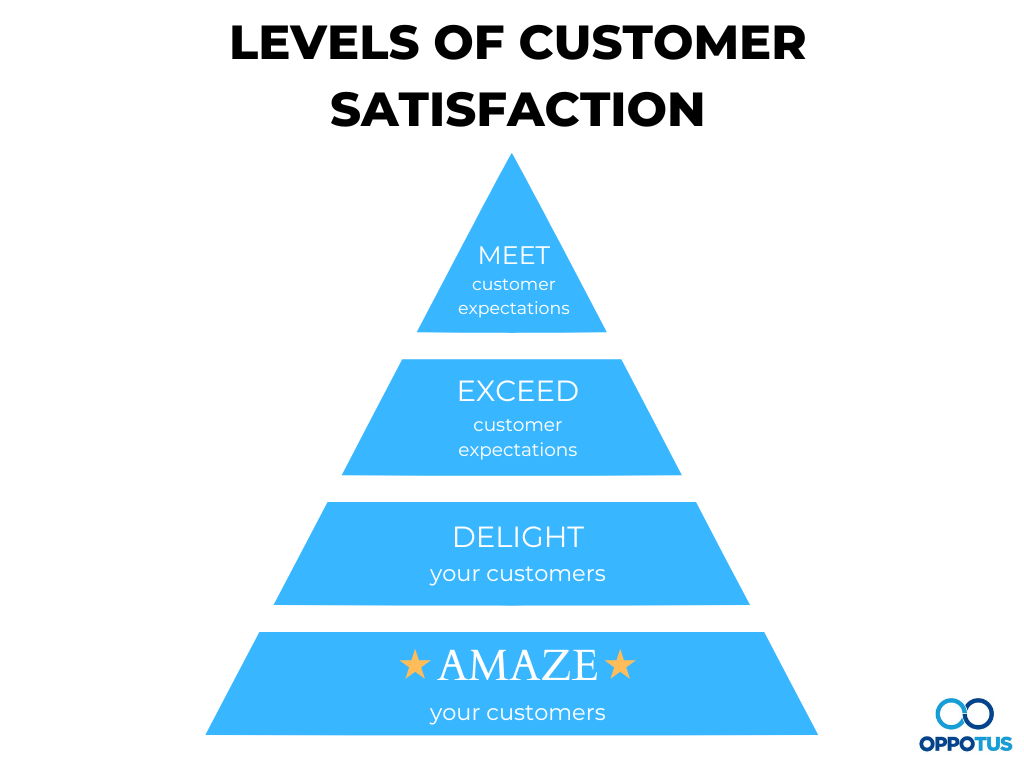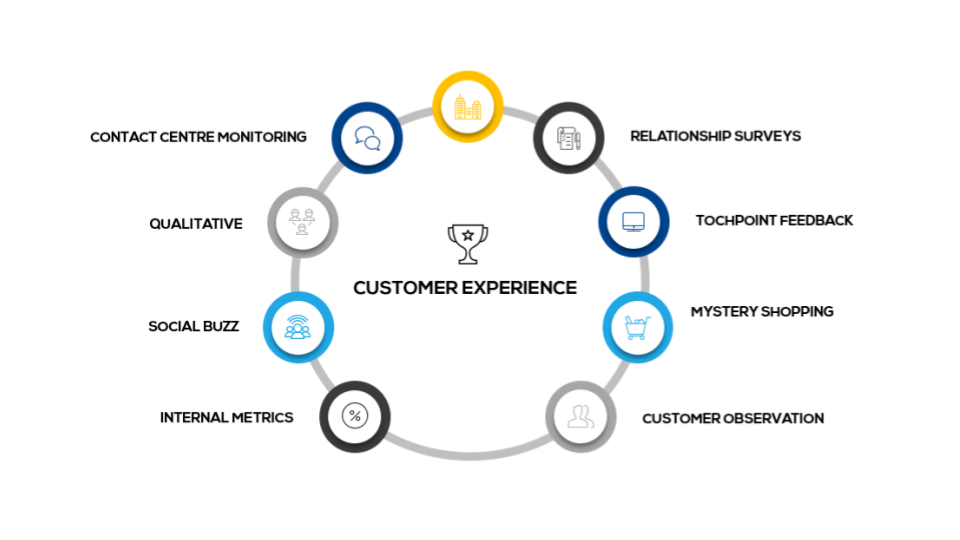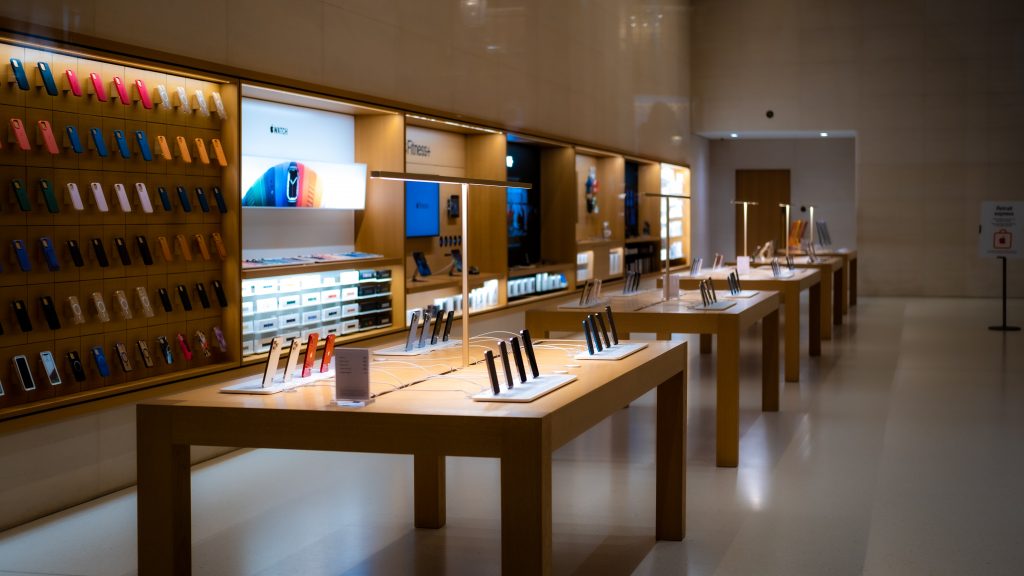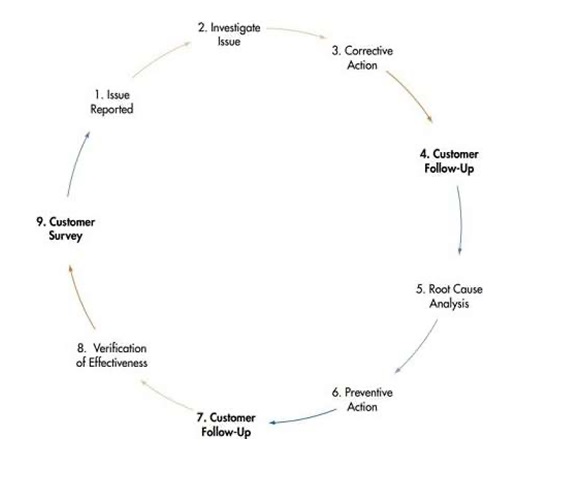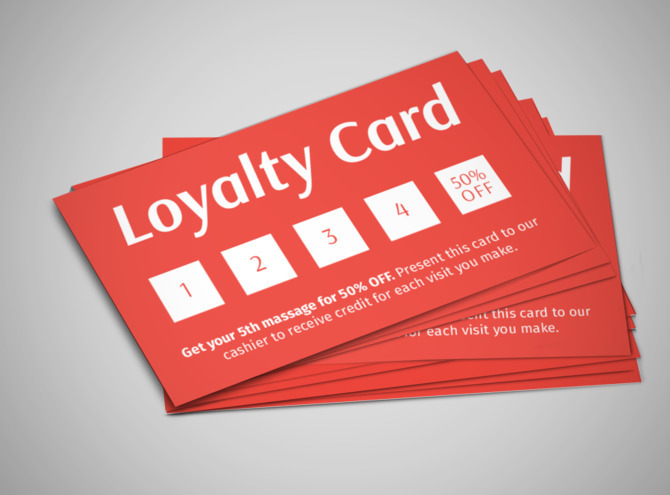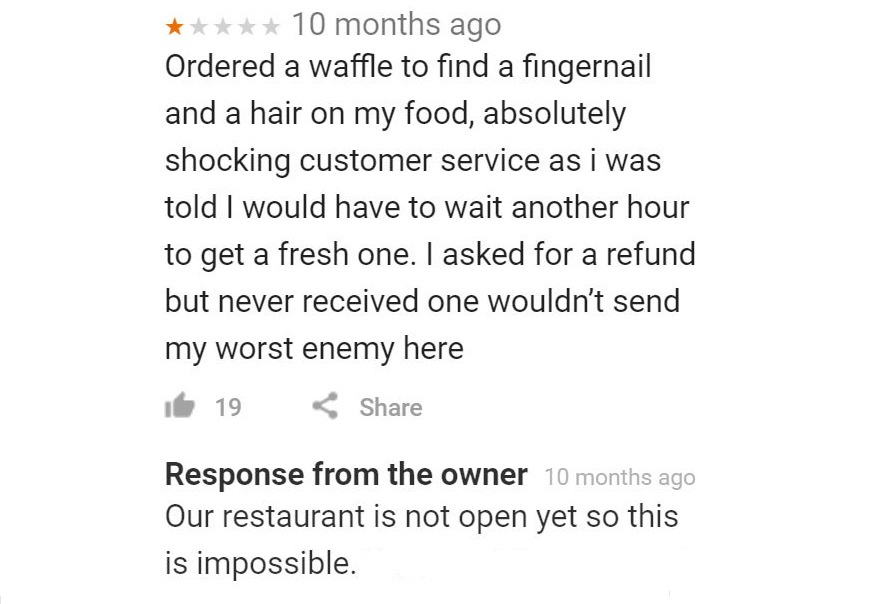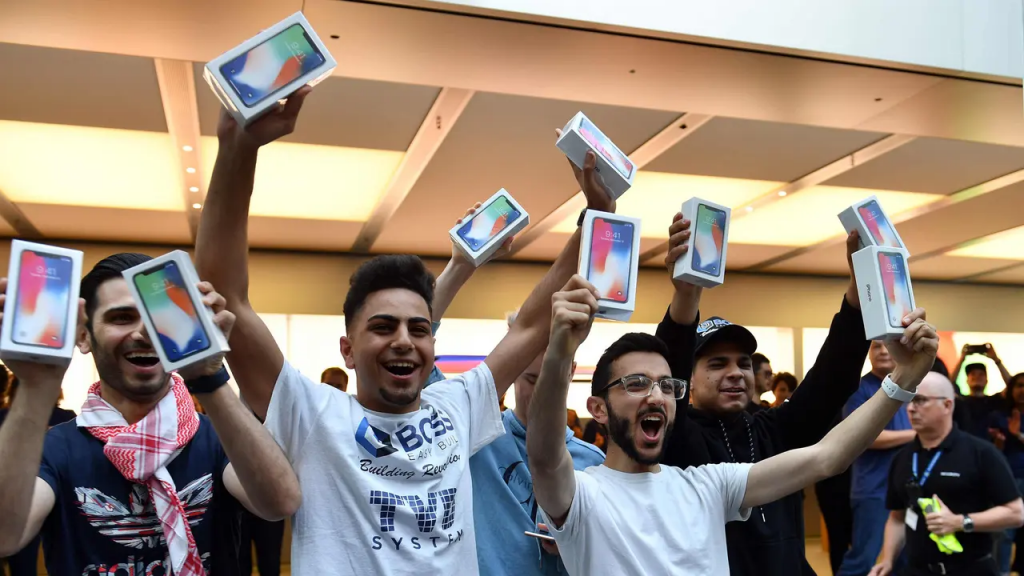Customer satisfaction and customer loyalty are two crucial concepts that any company needs to understand and take into account in order to stay competitive and thrive in any industry. These are concepts that may appear simple at first, but taking a deeper dive into understanding the nuances behind customer satisfaction and customer loyalty and how these two things are built will allow you to gain a huge advantage over the competition.
Customer satisfaction is the degree to which a customer feels that their expectations have been met (or even exceeded) by a company’s product and/or service. This can be influenced by various factors, including the quality of the product, the price they paid for it, customer service, and brand image. Customers who are satisfied with a company’s product and/or service are more likely to become loyal customers, repeat their purchases, and recommend the company to others.
